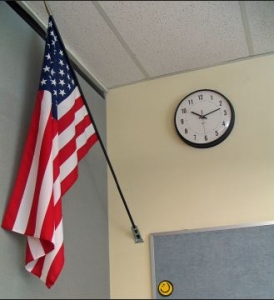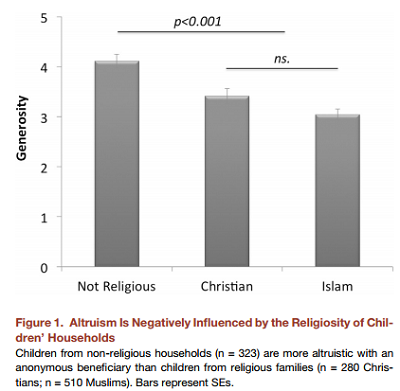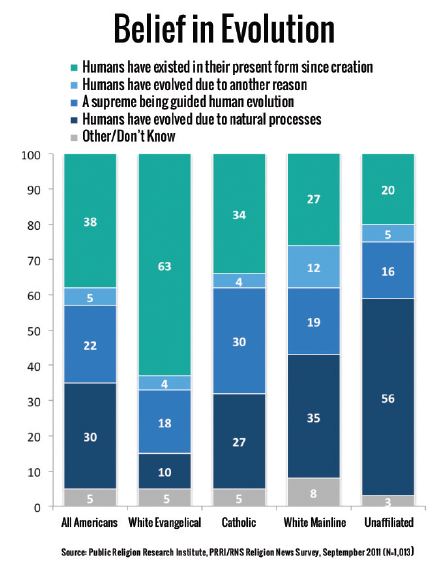 The current language of the Pledge of Allegiance as written in our federal laws states, ÔÇ£I pledge allegiance to the Flag of the United States of America, and to the Republic for which it stands, one Nation under God, indivisible, with liberty and justice for all.ÔÇØ
The current language of the Pledge of Allegiance as written in our federal laws states, ÔÇ£I pledge allegiance to the Flag of the United States of America, and to the Republic for which it stands, one Nation under God, indivisible, with liberty and justice for all.ÔÇØ
Forty-four states have laws that require public school classes recite the Pledge of Allegiance or mandates to school districts to set aside time for its recitation. Three of the six states without these laws have bills in their legislature to add required recitation. Children who attend public school from Kindergarten through 12th grade hear that we are a nation, ÔÇ£under GodÔÇØ over 2,000 times. Although the Supreme Court said students cannot be required to recite the Pledge of Allegiance in violation of a sincerely held religious belief, a daily recitation declaring the nation is, ÔÇ£under GodÔÇØ sends the┬ámessage to students that the government endorses theistic religion and non-theistic students are outsiders to patriotism.
History and tradition, often cited as support for religious references in government action, support a Pledge of Allegiance without the words, ÔÇ£under God.ÔÇØ Neither the original version of the Pledge of Allegiance, written in 1892 by Francis Bellamy, nor the version Congress recognized in 1942 as the official national pledge of the United States, contained any reference to God.ÔÇØ ÔÇ£Under GodÔÇØ was added to the Pledge of Allegiance in 1954 after the Knights of Columbus, the worldÔÇÖs largest Roman Catholic fraternal organization, persuaded members of both houses of Congress that the suggested religious reference would combat the threat of communism.
POLICY RECOMMENDATION:┬áThe Pledge of Allegiance should be returned to its original form, as the inclusion of ÔÇ£under GodÔÇØ in the daily patriotic school exercise isolates non-theistic students, or unfairly and unnecessarily compels them to comply.





